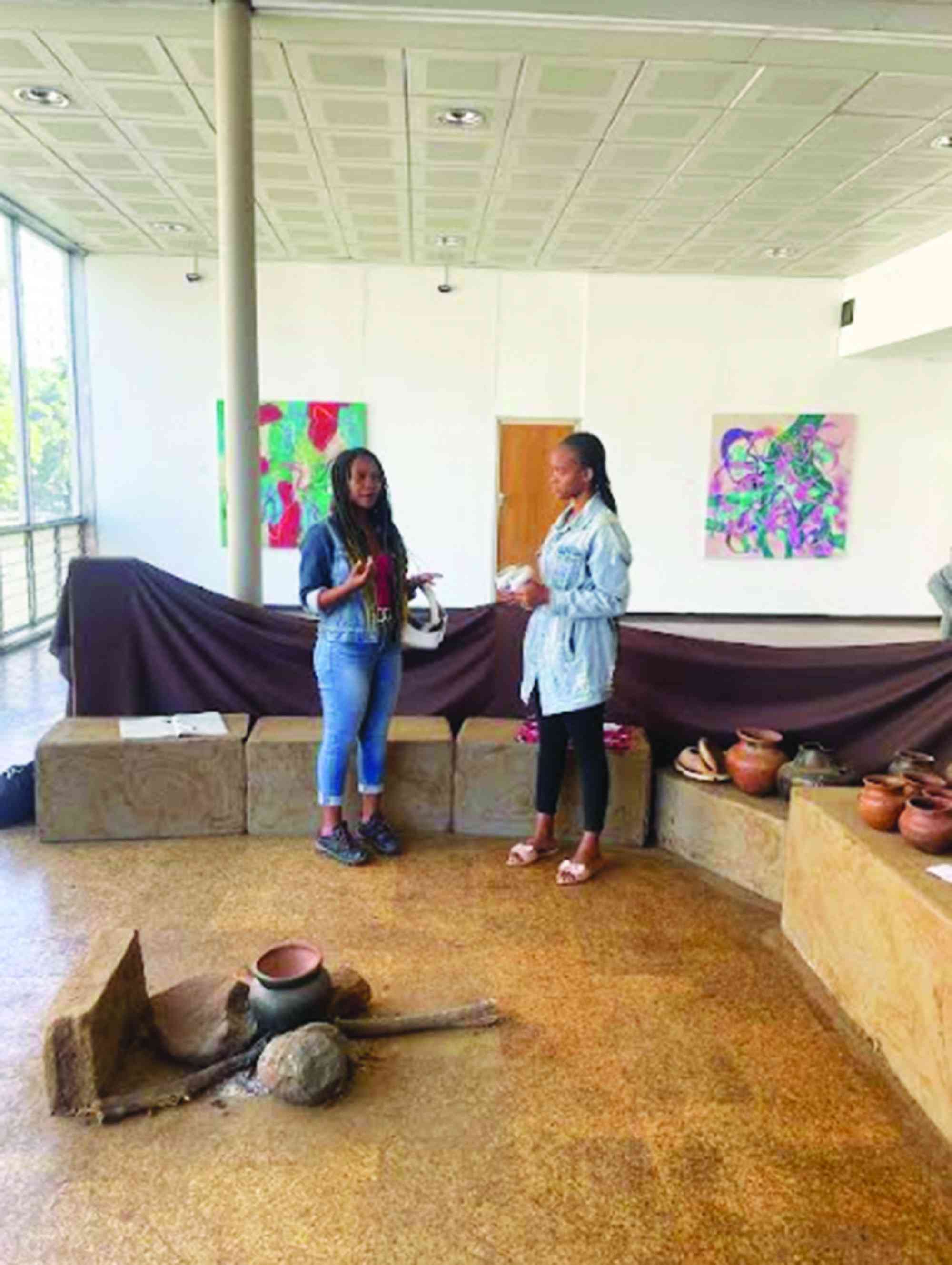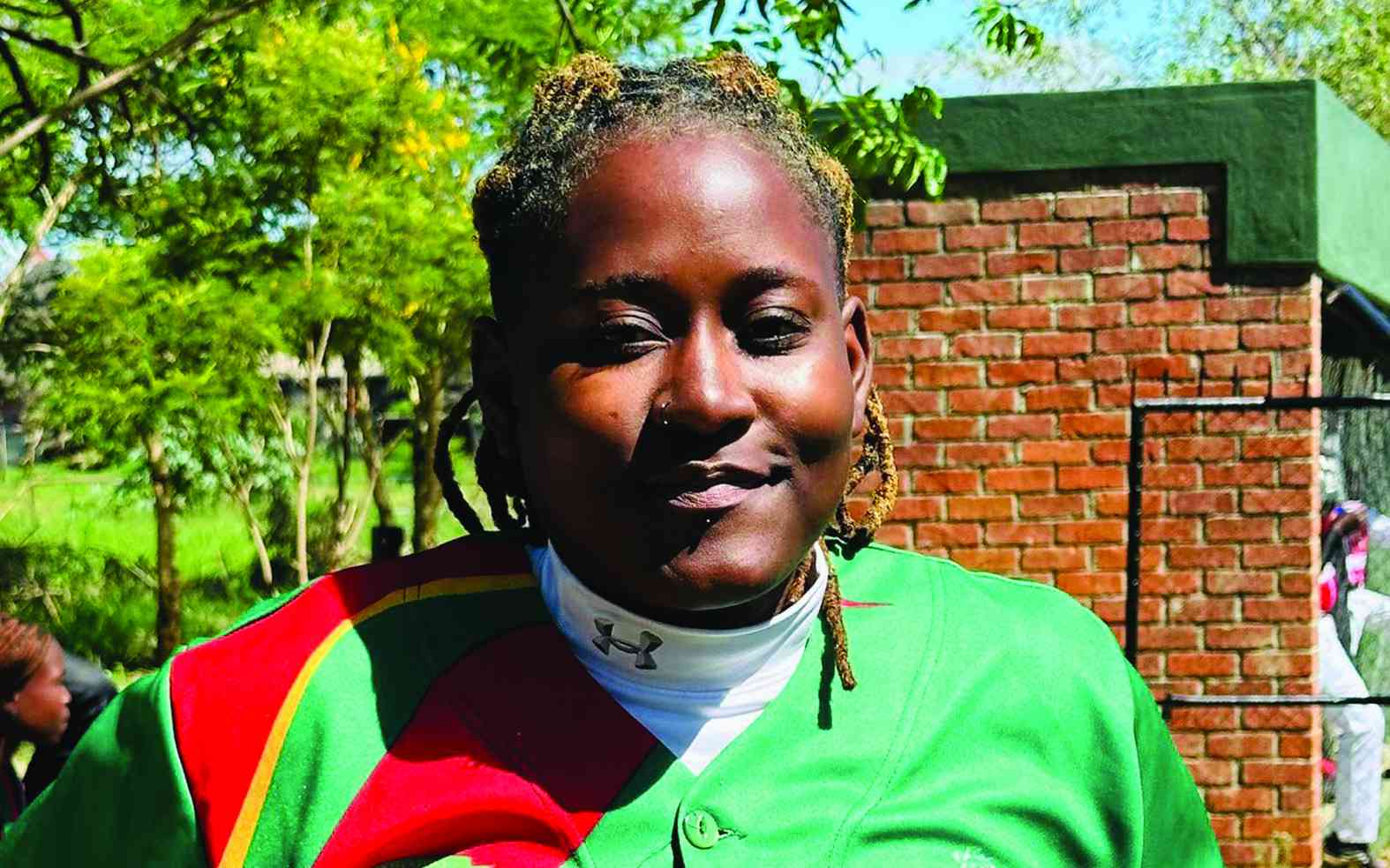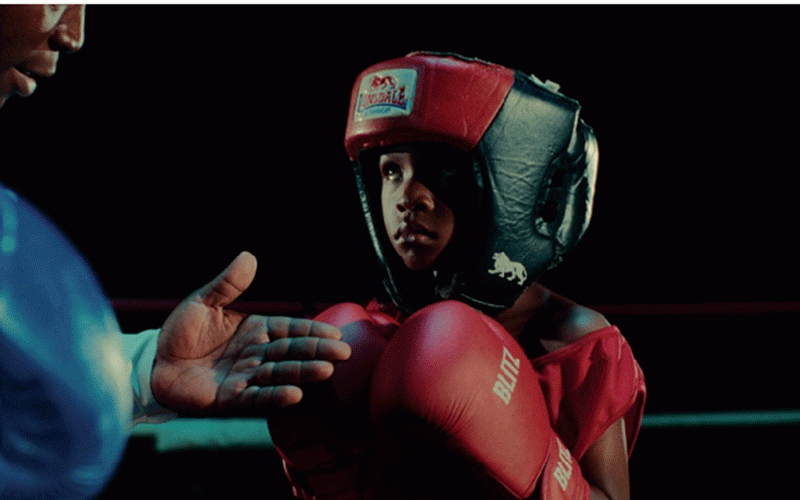
SATURDAY May 18 shall remain momentous as hundreds of people, predominantly Primary School children, flocked to the National Gallery of Zimbabwe (NGZ) to commemorate this year’s National Museum Day.
The Gallery Hunt, which was the main activity that day, was characterised by a free movement of visitors into the various sections of the gallery in search of what could be their favourite cultural visual among exhibition titles that included sculptures, installations, paintings and mixed arts.
NewsDay Life & Style was also on the hunt across the gallery and curated this report.
Excursionists first took their hunt to a collection of creative work by Amanda Mushate, Amanda Norton and Chipo Mapondera, Sabina Mutsvati, Mavis Tauzeni, Martina Gruber and Eva Raath.
“As you exit the gallery, remember the truth wears many guises. It is both the whispered confession and the silent pause. It resides in the gaps between words, the spaces between brushstrokes and the breaths between heartbeats. Cherish the veiled truths, for they hold the keys to our shared humanity.
“Only What Is Revealed Can Be Known invites you to explore the delicate tension between what is seen and what lies beyond — a journey that transcends mere knowing and embraces the mystery of existence,” partly read the synopsis to the collection.
The Futurist Pagan Collection Voice Overs mixed art exhibition by Chipo Mapondera and Sabina Mutsvati was the main stopover for many and it was represented by NGZ intern Avril Nachipo and Trish Nkwazi. The installation and visuals seen on a masterviewer and a television screen took visitors to a virtual rural home set up which has a kitchen hut, shade trees, cattle pan, grinding stone and sitting stools, among other artefacts.
“This exhibition shows Imba YaAmai , Shona for kitchen or literary mother’s hut (house) as it has claypot kitchen wear such as hadyana (relish claypot), tsambakodzi (sadza claypot), chirongo (water claypot), pfuko (alcoholic and nonalcoholic claypot), ndiro (plates or sources) and other clay utenils. All these are kept on a stoop called chikuwa.
- Gweje relishes fashion achievements
- Daily life struggles reflected in Burning Figure
- 'Film sector drives economic growth'
- My Beautiful Home contest over subscribed
Keep Reading
“Man sit on the chigara varume or makumusha, while women sit on a reed mat,” Avril Nachipo explained, adding that pieces of cloth called guri rehanga and retsu were also part of a kitchen display. The former was a dotted black and white cloth resembling colours of a guinea fowl and symbolised the need to remain morally upright and spiritual clean. The retsu was won only during ritual cleansing.
Chinese tourist Liyun Qu, who was on a business investment trip to Zimbabwe, could not hide her exhilaration after looking at several visual artworks. She promised to be a regular visitor to the gallery, adding that her home town in Wuxi in Jiangsu province of China has a deep appreciation for Zimbabwean art.
South African curator Elzan Frank was stunned by Ronald Muchatuta’s mask engravements The Zimbabwean Gave iv-xvi and was equally overwhelmed by engravements by Chitungwiza Arts Centre’s Rickson Zavare (Nature Faces Men embraced in springstone), Tago Tazvitya’s Village Elder, Global Unit and Intimate lovers and Lorraine Mamvura’s Beautiful, Pride of an African Woman and Joy.
“It is unfortunate that I have liked quite a number of carvings and embarrassingly had no comprehensive synopsis and catchy labels,” said Elzan Frank.
It needed visual artist Kresiah Mukwazhi to explain her War against Breast Cancer which she has hidden and called Chembere Dzagunhanha, an installation of old female bras and pants surrounded by a gun mount.
On the occasion of the National Museum Day, NGZ executive director Raphel Chikukwa took his staff and several artworks to the Farm to Market & Arts Festival 2024 and First lady’s Traditional Foods & Curios Festival at the Old Hararians Sports Club where the First Lady Auxillia Mnangagwa was the guest of honour and Head Chef.










